Malware, Viruses, and Trojans - Understanding the Difference
In today's digital age, understanding the distinctions between malware, viruses, and Trojans is more important than ever. These terms are often thrown around interchangeably, but they represent different threats to your computer and personal data. Imagine your computer is like a house; malware is the broad category of all the bad things that can break into your home, while viruses and Trojans are specific types of intruders with their own unique methods of entry and attack. By grasping the differences and characteristics of these cyber threats, you can better protect yourself and your devices from potential harm.
First off, let's dive into what malware actually is. Malware, short for malicious software, is a blanket term that encompasses various types of harmful programs designed to infiltrate, damage, or exploit your computer systems. Think of it as a nasty virus that can spread through your home, wreaking havoc wherever it goes. It's essential to recognize the different types of malware and their functions to effectively shield yourself from these cyber dangers. In this article, we'll explore the various forms of malware, including viruses, worms, ransomware, and spyware, each with its own unique characteristics and impacts.
Now, let's focus on viruses. A computer virus is a specific type of malware that attaches itself to clean files and spreads throughout your computer system like a contagious disease. Once it infiltrates your system, it can corrupt or delete files, disrupt operations, and even steal sensitive information. Just like a sneaky thief who enters your home through an unlocked door, viruses often spread through infected files, email attachments, or downloads. Understanding how they propagate is crucial for preventing infections and protecting your valuable data.
So, how can you tell if your computer has been infected by a virus? Common symptoms include slow performance, unexpected crashes, and unfamiliar programs popping up on your screen. If you notice any of these signs, it's like getting a warning sign that something is seriously wrong. Recognizing these symptoms early can help you mitigate damage and restore your system's integrity before it's too late.
Next up, we have Trojans, another type of malware that can be particularly deceptive. Trojans disguise themselves as legitimate software, tricking users into installing them. They might look like a harmless game or a useful tool, but once they’re in, they can unleash chaos on your system. It's like inviting a friendly stranger into your home, only to find out they have ulterior motives. Understanding the behavior of Trojans is essential for identifying and preventing potential threats to your system.
As we navigate through this digital landscape, it's crucial to implement robust security measures to prevent malware infections. Regular updates, reliable antivirus software, and user awareness can significantly reduce the risk of encountering malicious software. Think of these measures as the security system for your digital home. Just as you wouldn't leave your front door wide open, you shouldn't leave your computer vulnerable to attacks.
Speaking of antivirus software, it plays a vital role in detecting and removing malware. Regular scans and real-time protection help safeguard your system against evolving cyber threats. It's like having a watchful guard at your door, ready to fend off any intruders. By investing in quality antivirus software, you're taking a proactive step in protecting your digital life.
Lastly, user awareness and education cannot be overstated. Educating yourself about safe browsing habits and recognizing phishing attempts can significantly reduce the likelihood of malware infections. Awareness is a key component of effective cybersecurity strategies. Just as you would educate your family about locking doors and windows, you should also teach them about the dangers lurking online. Remember, knowledge is power!
- What is the main difference between malware and viruses? Malware is a broad category that includes all types of malicious software, while a virus is a specific type of malware that attaches itself to clean files.
- Can Trojans be detected by antivirus software? Yes, most antivirus programs can detect and remove Trojans, but it's essential to keep your software updated for maximum protection.
- How can I prevent malware infections? Regularly update your software, use reliable antivirus programs, and educate yourself about safe online practices.
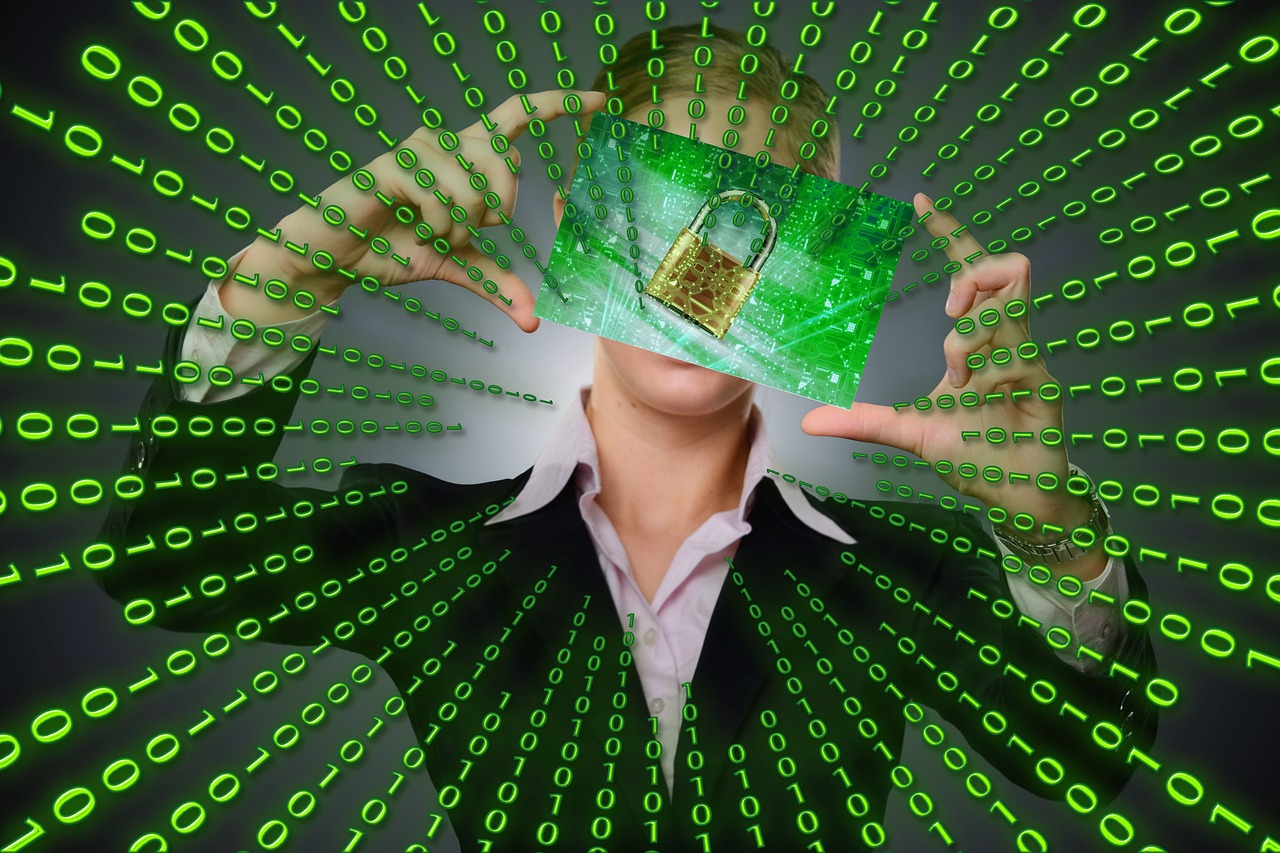
What is Malware?
Malware, short for "malicious software," is an umbrella term that encompasses a wide variety of harmful software designed to infiltrate, damage, or exploit computer systems and networks. Think of it as the digital equivalent of a burglar breaking into your home; its sole purpose is to cause harm or steal valuable information. Malware can come in many forms, including viruses, worms, ransomware, spyware, and Trojans, each with its unique characteristics and methods of operation. Understanding malware is crucial in today’s tech-driven world, where cyber threats are increasingly sophisticated and prevalent.
At its core, malware is designed with malicious intent, which can include:
- Data Theft: Stealing sensitive information such as passwords, credit card numbers, and personal identification.
- System Damage: Corrupting files, deleting important data, or rendering systems unusable.
- Unauthorized Access: Allowing cybercriminals to gain control over your device or network.
- Disruption: Causing unwanted interruptions to normal operations, such as slowing down system performance.
Recognizing the different types of malware and their specific behaviors is essential for effective protection. For instance, while viruses replicate and spread through infected files, ransomware encrypts your files and demands payment for their release. Understanding these differences can empower users to take proactive measures against potential threats.
Moreover, the impact of malware can extend beyond individual users. Businesses can suffer significant financial losses, reputational damage, and legal repercussions due to data breaches caused by malware attacks. Therefore, having a robust understanding of malware is not just a personal concern; it’s a necessity for anyone who uses technology in today’s interconnected world.
In summary, malware is a pervasive threat that can affect anyone with a computer or internet-connected device. By educating ourselves about what malware is and how it operates, we can better defend against it. The next step is to delve deeper into the various types of malware, starting with the notorious computer virus.
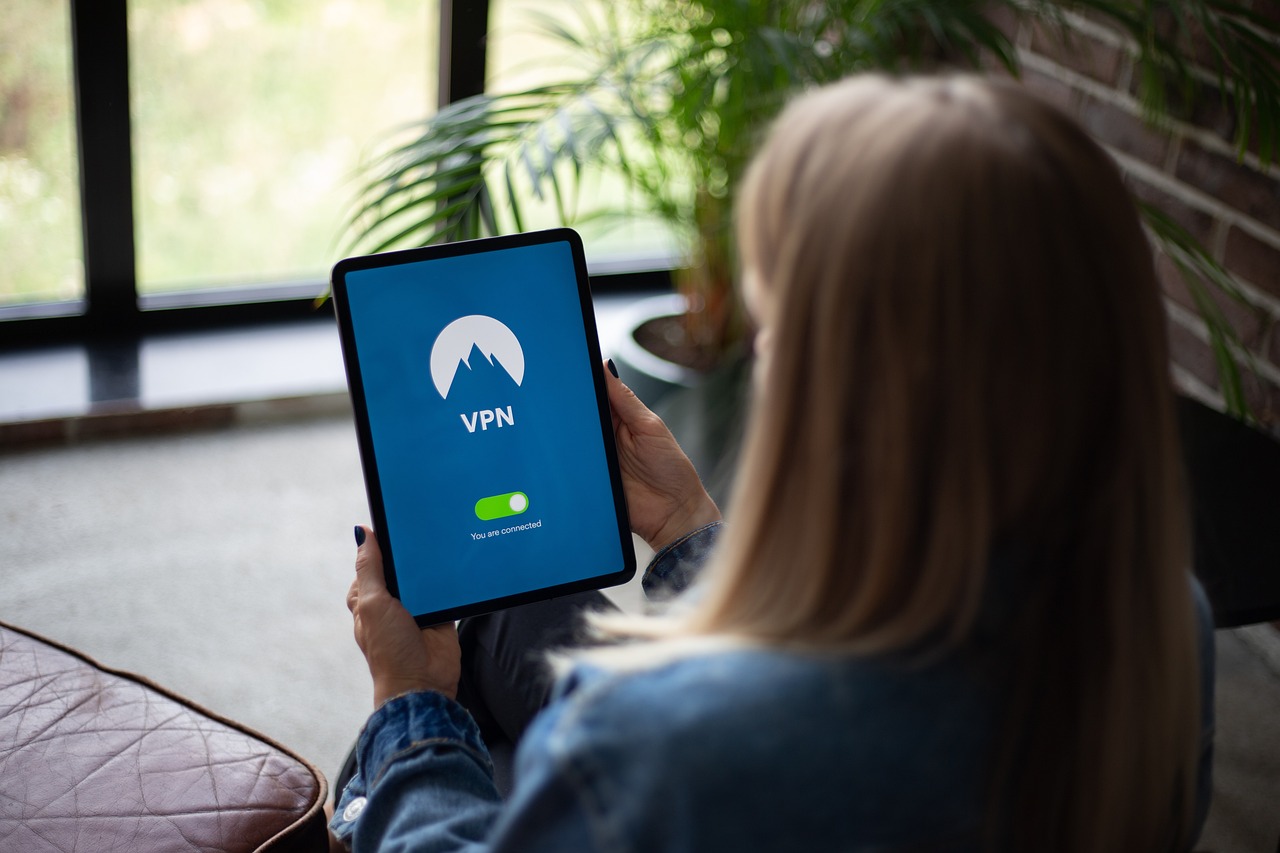
Types of Malware
When it comes to the digital world, understanding the different types of malware is like knowing the various species in a jungle; each has its unique traits and dangers. Malware is an umbrella term that encompasses a variety of malicious software designed to disrupt, damage, or gain unauthorized access to computer systems. Let's dive into the different types of malware, each with its own characteristics and methods of operation.
First up, we have viruses. These nasty little programs attach themselves to clean files, spreading like a contagion throughout your computer system. Imagine a virus as a sneaky thief that hides in your favorite song or document, waiting for the right moment to strike. Once activated, they can corrupt or delete files, leading to significant data loss and system malfunctions.
Next on the list is worms. Unlike viruses, worms are standalone software that replicate themselves to spread across networks. They don’t need to attach to a host file; they can travel through networks, exploiting vulnerabilities. Think of worms as the relentless spreaders of chaos, moving from one device to another without any human intervention. This makes them particularly dangerous, as they can quickly overwhelm systems and networks.
Then, we have ransomware. This type of malware is like a digital hostage-taker. Once it infiltrates your system, it encrypts your files and demands a ransom for their release. Ransomware attacks have become increasingly common and can be devastating for individuals and businesses alike. The emotional stress of losing access to important files can be as crippling as the financial burden of paying the ransom.
Another form of malware is spyware. As the name suggests, this type of software secretly monitors your activities, gathering sensitive information without your consent. It’s akin to having a hidden camera in your home, capturing your every move. Spyware can track your online behavior, steal passwords, and even access financial information, making it a serious threat to your privacy.
Lastly, we have adware, which, while often less harmful than the others, can still be quite annoying. Adware bombards you with unwanted advertisements, and in some cases, it can track your browsing habits to serve targeted ads. While it may not be as malicious as ransomware or spyware, it can degrade your user experience and slow down your system.
To summarize, here’s a quick overview of the main types of malware:
| Type of Malware | Description |
|---|---|
| Viruses | Attach to clean files and spread throughout a system. |
| Worms | Standalone software that replicates itself across networks. |
| Ransomware | Encrypts files and demands ransom for their release. |
| Spyware | Monitors user activity and collects sensitive information. |
| Adware | Displays unwanted advertisements and can track browsing habits. |
Understanding these types of malware is crucial for anyone navigating the digital landscape. Each type poses its own unique risks, and being aware of their characteristics can help you take proactive measures to protect your devices and data. In a world where cyber threats are becoming increasingly sophisticated, knowledge is your best defense.
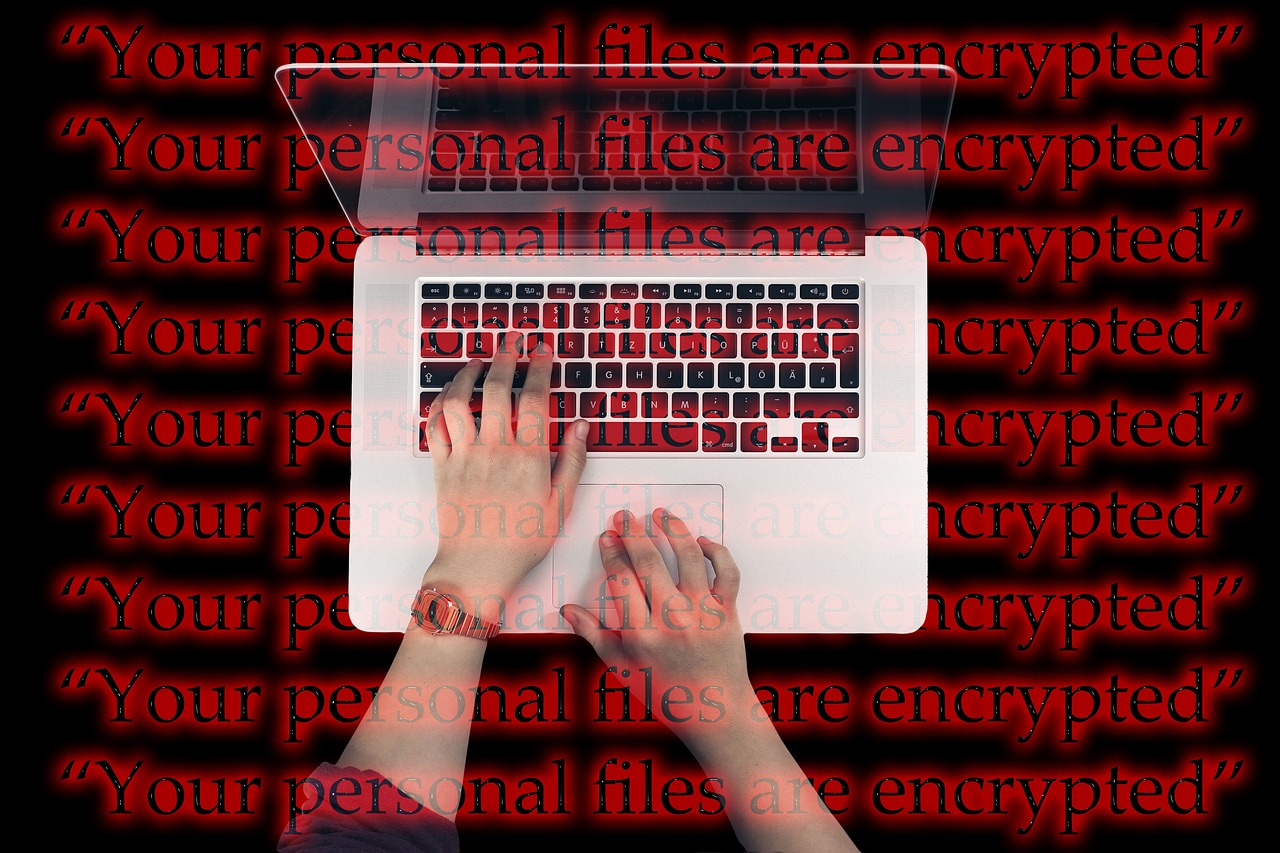
Viruses Explained
Computer viruses are a specific type of malware that can wreak havoc on your digital life. Think of them as the unwanted guests at a party who not only refuse to leave but also start breaking things. These malicious programs attach themselves to clean files and spread throughout a computer system, corrupting or deleting important data along the way. Just like a virus in the biological world, computer viruses can replicate themselves, spreading from one device to another, often without the user's knowledge.
Understanding how these viruses operate is crucial for anyone who wants to keep their devices safe. They often come disguised as innocuous files or applications, luring users into a false sense of security. For instance, you might download what appears to be a harmless software update, only to find out later that it was a virus in disguise, wreaking havoc on your system. The consequences can be severe, ranging from lost data to complete system failure, which is why being informed is your first line of defense.
Viruses typically spread through various channels, making them particularly insidious. Here are some common methods of propagation:
- Email Attachments: Opening an infected attachment can instantly introduce a virus to your system.
- Infected Downloads: Downloading software or files from untrustworthy sources can lead to virus infections.
- Removable Media: USB drives and external hard drives can carry viruses from one computer to another.
Being aware of these methods can significantly reduce your risk of infection. But how do you know if your computer has been infected? There are several symptoms to watch out for:
- Slow Performance: If your computer suddenly feels sluggish, it could be a sign of a virus working in the background.
- Unexpected Crashes: Frequent system crashes or programs closing unexpectedly may indicate an infection.
- Unfamiliar Programs: If you notice new applications that you didn't install, it's time to investigate further.
Recognizing these symptoms early can make a significant difference in mitigating damage and restoring your system's integrity. If you suspect that your device has been compromised, it's essential to take immediate action. Running a full system scan with antivirus software can help identify and eliminate the threat. Remember, the best defense against viruses is a proactive approach—stay informed, be cautious about what you download, and regularly update your security software.
What is a computer virus?
A computer virus is a type of malware that attaches itself to clean files and spreads throughout a computer system, potentially causing damage to files and system operations.
How can I tell if my computer has a virus?
Common signs include slow performance, unexpected crashes, and unfamiliar programs appearing on your system.
What can I do to prevent virus infections?
Regularly update your antivirus software, avoid downloading files from untrusted sources, and be cautious with email attachments.
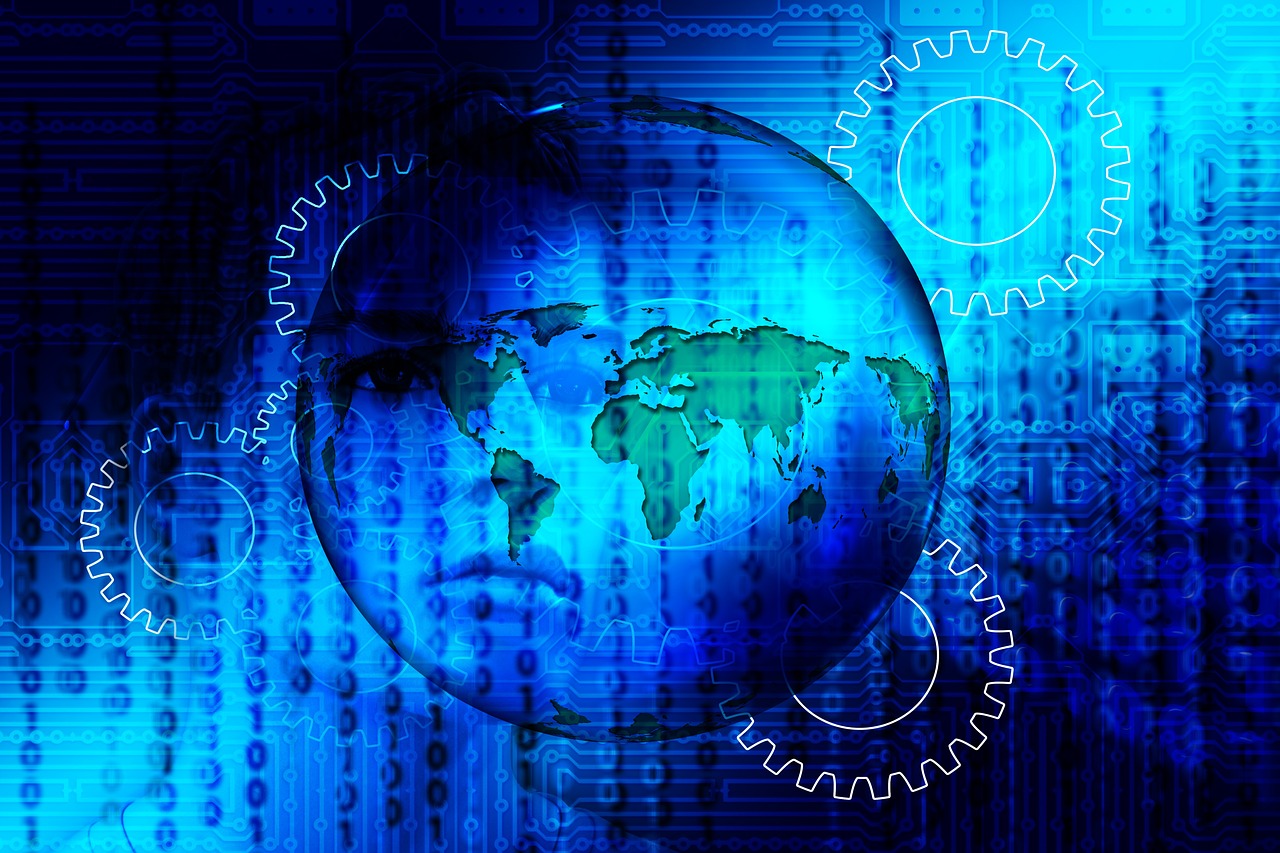
How Viruses Spread
Understanding how viruses spread is crucial for anyone looking to protect their computer systems and personal data. Viruses are notorious for their ability to attach themselves to clean files, and once they infiltrate a system, they can wreak havoc. The most common methods of spreading include:
- Email Attachments: One of the most frequent ways viruses spread is through email attachments. Unsuspecting users may receive an email that appears legitimate, only to find out that the attached file contains a virus. Always be cautious about opening attachments from unknown senders.
- Infected Downloads: Downloading software or files from untrustworthy websites can lead to virus infections. Even seemingly harmless files can be bundled with malicious code. It's essential to download software only from reputable sources.
- Removable Media: USB drives and other removable media can also be carriers of viruses. If a USB drive is infected and plugged into a clean computer, it can quickly spread the virus throughout the system.
- Network Connections: Viruses can spread through networks, particularly in environments where multiple devices are connected. If one device becomes infected, it can serve as a launchpad for further infections across the network.
Moreover, social engineering tactics often play a role in virus propagation. Cybercriminals may use psychological tricks to convince users to download or execute a virus. For instance, you might receive a pop-up claiming your system is infected, urging you to download a "fix" that is actually malware. This highlights the importance of being skeptical about unexpected prompts and offers online.
In summary, staying informed about how viruses spread is your first line of defense. By being vigilant and practicing safe browsing habits, you can significantly reduce the likelihood of falling victim to these malicious programs. Remember, the more you know, the better you can protect yourself!
Here are some common questions about viruses and their spread:
- What is the most common way viruses spread? The most common way viruses spread is through email attachments, especially from unknown senders.
- Can viruses spread through social media? Yes, viruses can spread through social media platforms if users click on malicious links or download infected files shared by others.
- How can I protect my computer from viruses? Use reputable antivirus software, keep your operating system updated, and be cautious about the files you download and the links you click on.

Symptoms of Virus Infection
When it comes to identifying a virus infection on your computer, being aware of the symptoms is like having a radar for trouble. Viruses can be sneaky, often hiding in the shadows while wreaking havoc on your system. Here are some common signs that your device might be infected:
First off, if your computer is suddenly running slower than a snail in molasses, this could be a red flag. A sluggish performance is often a telltale sign of a virus, as malicious software consumes resources and slows down your system. You might find that programs take longer to open, or that your computer freezes unexpectedly. This kind of behavior can be frustrating, especially when you’re trying to get things done.
Another symptom to watch for is unexpected crashes. If your computer starts shutting down or restarting without warning, you might be dealing with a virus. These crashes can lead to data loss and may leave you feeling like you’re caught in a digital rollercoaster ride. It’s not just annoying; it can also be detrimental to your work and files.
Additionally, keep an eye out for unfamiliar programs or applications popping up. If you notice software that you didn’t install or recognize, it’s time to investigate. Viruses often install additional malicious programs that can further compromise your system. Think of it like an uninvited guest who brings along even more troublemakers!
Lastly, if you’re bombarded with strange pop-up ads or your browser settings seem to have changed without your consent, these could be signs of a virus infection as well. These pop-ups can be more than just annoying; they can lead to phishing attempts or direct you to harmful websites. It’s like having a pesky fly buzzing around your head, constantly distracting you from what you’re doing.
In summary, being vigilant about the symptoms of virus infections can save you from a lot of headaches down the line. If you notice any of these signs, it’s crucial to take action immediately. Whether it’s running a virus scan, updating your antivirus software, or seeking professional help, addressing these symptoms promptly can help you restore your system's health and keep your data safe.
Q: How can I tell if my computer has a virus?
A: Look for symptoms such as slow performance, unexpected crashes, unfamiliar programs, and intrusive pop-ups. If you notice these signs, it may indicate a virus infection.
Q: What should I do if I suspect a virus infection?
A: Run a full antivirus scan immediately. If the scan detects a virus, follow the software's instructions to remove it. Additionally, consider updating your antivirus software and changing your passwords as a precaution.
Q: Can viruses be removed easily?
A: Many viruses can be removed with the right antivirus software. However, some advanced viruses may require professional assistance to ensure complete removal and to restore your system's integrity.
Q: How can I prevent future virus infections?
A: Implementing robust security measures like regular software updates, using reputable antivirus programs, and practicing safe browsing habits can significantly reduce the risk of future infections.

Trojans: The Deceptive Malware
When we think of malware, the term "Trojan" often pops up, and for good reason. Trojans are like the wolves in sheep's clothing of the digital world. They masquerade as legitimate software, tricking users into downloading and installing them. Unlike viruses, which spread on their own, Trojans rely on user deception to infiltrate a system. They can be bundled with seemingly harmless applications or hidden within email attachments, making them particularly insidious. Have you ever downloaded a free app that looked too good to be true? That might have been a Trojan in disguise!
The way Trojans operate is fascinating yet alarming. Once installed, they can give hackers unauthorized access to your system, allowing them to steal personal information, monitor your activities, or even control your computer remotely. Imagine your computer being taken over by someone you don't even know—it's like inviting a stranger into your home and giving them the keys! This is why understanding Trojans is crucial for everyone, whether you're a tech whiz or just a casual user.
To illustrate the dangers of Trojans, let’s break down some common types:
| Type of Trojan | Description |
|---|---|
| Backdoor Trojan | Allows remote access to the infected system, enabling hackers to control it. |
| Downloader Trojan | Downloads and installs additional malicious software onto the infected device. |
| RAT (Remote Access Trojan) | Gives cybercriminals complete control over your computer, often without your knowledge. |
Recognizing the signs of a Trojan infection can be tricky but not impossible. Some symptoms to watch for include:
- Unusual system behavior, such as programs opening or closing without your command.
- Increased pop-up ads or strange notifications.
- Unexplained data usage or slow internet speeds.
- Unfamiliar applications installed on your device.
If you suspect that your system has been compromised by a Trojan, it's crucial to act quickly. Disconnect from the internet to prevent further data breaches, run a full antivirus scan, and consider restoring your system to a previous state if necessary. Remember, the best defense against Trojans is a good offense—stay informed, be cautious of what you download, and regularly update your security measures.

Preventing Malware Infections
In today's digital landscape, is more critical than ever. With the rise of cyber threats, it's essential to take proactive measures to safeguard your devices and sensitive information. Implementing a combination of robust security practices can significantly reduce the risk of falling victim to malicious software. One of the first steps in this battle is to ensure your operating system and applications are always up to date. Software updates often contain patches that fix vulnerabilities, making it harder for malware to exploit weaknesses in your system.
Another crucial aspect of preventing malware infections is the use of reliable antivirus software. This software acts as your first line of defense, scanning for and removing malicious files before they can do any damage. Regular scans and real-time protection features help keep your system clean and safe from evolving threats. But remember, no antivirus is foolproof; it’s essential to remain vigilant and adopt safe browsing habits.
Speaking of safe browsing, being aware of your online activities can make a world of difference. For instance, avoid clicking on suspicious links or downloading attachments from unknown sources. It's like navigating through a minefield—one wrong step can lead to disaster. Always double-check the authenticity of websites you visit and the emails you receive, especially if they request personal information. Phishing attempts are becoming increasingly sophisticated, so a healthy dose of skepticism can go a long way in keeping you safe.
Furthermore, consider utilizing tools like firewalls to add another layer of protection. Firewalls act as a barrier between your computer and the internet, monitoring incoming and outgoing traffic to prevent unauthorized access. Think of it as a security guard for your digital life, ensuring that only safe data gets through while blocking potential threats.
Lastly, educating yourself and others about the importance of cybersecurity is vital. Knowledge is power, and understanding the various types of malware and their behaviors can help you recognize potential threats before they become a problem. Regular training sessions or workshops can be beneficial, especially for businesses where multiple users access sensitive data. By fostering an environment of awareness and caution, you can significantly reduce the chances of malware infections.
- What is the best way to prevent malware infections? Keeping software updated, using antivirus programs, and practicing safe browsing habits are key.
- Can I rely solely on antivirus software? While antivirus software is essential, it should be part of a broader strategy that includes safe browsing and regular updates.
- How often should I scan my computer for malware? Regular scans are recommended, ideally weekly, but always perform a scan after downloading new software or files.
- What should I do if I suspect a malware infection? Disconnect from the internet, run a full antivirus scan, and seek professional help if necessary.
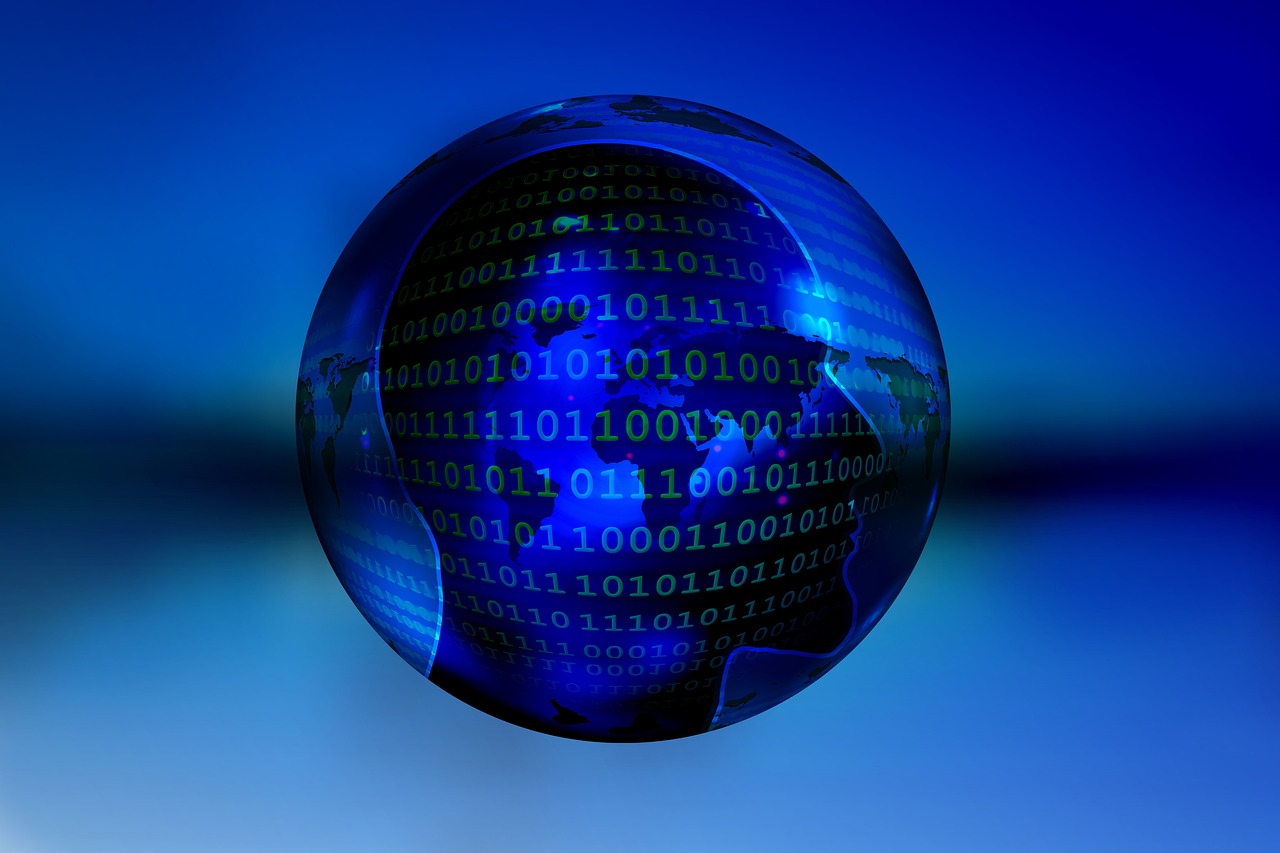
Importance of Antivirus Software
In today's digital landscape, the importance of antivirus software cannot be overstated. With cyber threats lurking around every corner, having a reliable antivirus solution is like having a vigilant guard protecting your home. It's not just about catching the occasional virus; it's about creating a robust defense against a multitude of threats that can compromise your system and personal information.
Antivirus software works tirelessly in the background, scanning your files and monitoring your system for any suspicious activity. Think of it as a digital bodyguard, always on alert and ready to spring into action. But how does it actually help you? Here are a few key functions:
- Real-Time Protection: This feature continuously scans for threats as they appear, ensuring that malicious software cannot infiltrate your system.
- Regular Updates: Antivirus programs frequently update their virus definitions, which means they keep up with the latest threats. This is crucial because cybercriminals are constantly evolving their tactics.
- System Scans: Regular scans help identify and remove malware that may have slipped through the cracks, ensuring that your system remains clean and secure.
Moreover, antivirus software often comes equipped with additional features such as firewalls, spam filters, and phishing protection. These tools collectively enhance your security posture, making it even harder for cyber threats to breach your defenses. Imagine walking through a high-security building where every entry point is monitored; that’s what a good antivirus program does for your digital life.
It's also important to note that while antivirus software is essential, it is not a complete solution on its own. Cybersecurity is a multi-faceted approach, and antivirus software should be part of a broader strategy that includes safe browsing habits, regular software updates, and user education. Just like you wouldn’t rely solely on a lock to keep your home safe, you shouldn’t depend solely on antivirus software to keep your data secure.
In summary, investing in a quality antivirus program is one of the most effective ways to protect yourself against the ever-evolving landscape of cyber threats. It provides peace of mind, knowing that you have a layer of defense against malware, viruses, and other malicious attacks. So, if you haven’t already, consider making antivirus software a cornerstone of your cybersecurity strategy.
Q: How often should I update my antivirus software?
A: It's best to set your antivirus software to update automatically. Regular updates ensure that you are protected against the latest threats.
Q: Can antivirus software completely protect me from all cyber threats?
A: While antivirus software is a crucial part of your security, it cannot guarantee 100% protection. It's important to combine it with safe browsing habits and regular system updates.
Q: What should I do if my antivirus software detects a threat?
A: Follow the prompts provided by your antivirus software. Typically, it will give you options to quarantine, delete, or ignore the threat. It's best to quarantine or delete any detected threats to maintain system integrity.
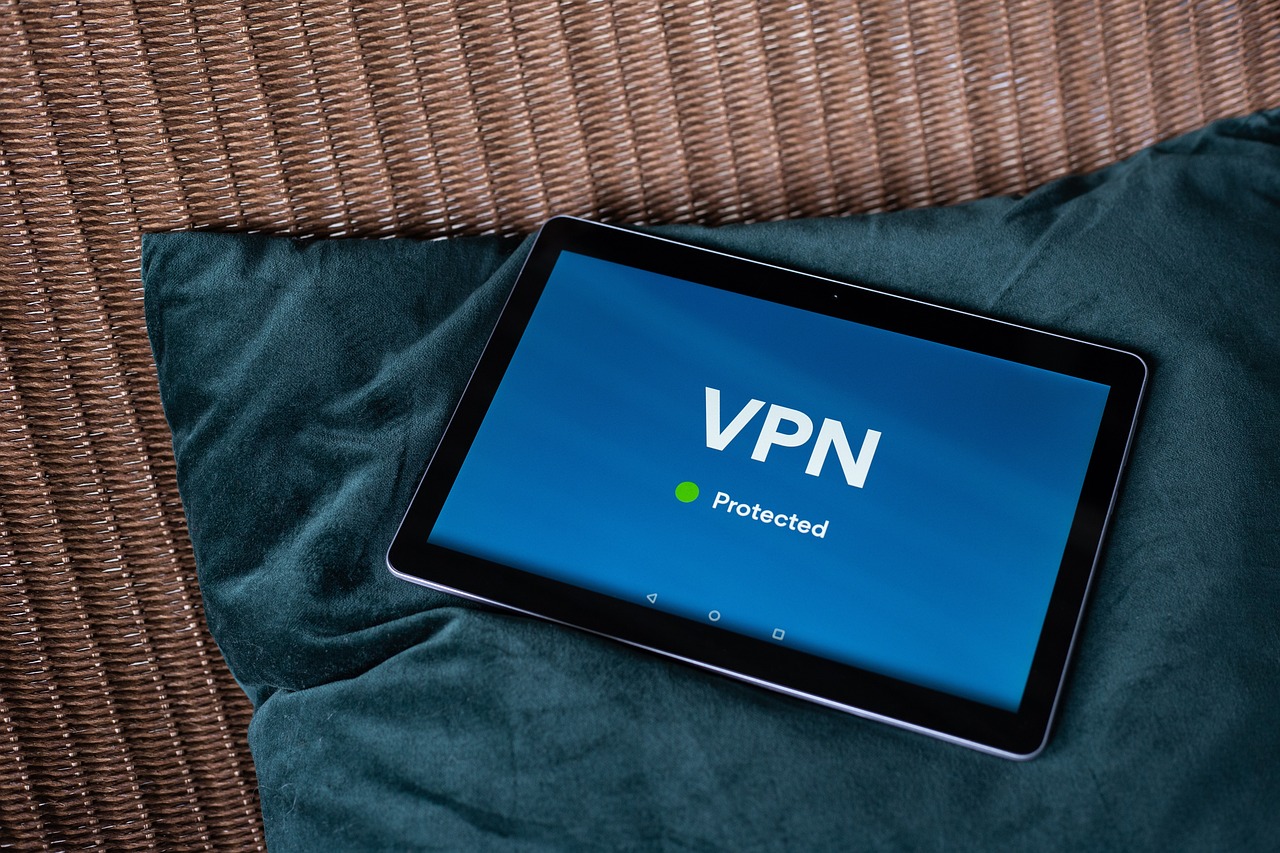
User Awareness and Education
User awareness and education are the frontline defenses against malware infections. In a digital landscape that is constantly evolving, the best way to protect yourself is to stay informed. Think of it like learning to navigate a maze; without understanding the twists and turns, you’re likely to hit dead ends or worse, fall into traps. By educating yourself about the various types of malware and their behaviors, you can develop a keen sense of vigilance that will serve you well.
One of the most critical aspects of user education is recognizing phishing attempts. These are deceptive tactics where attackers pose as trustworthy entities to steal sensitive information. For instance, an email that looks like it’s from your bank but asks you to click on a link to verify your account could be a phishing attempt. Always double-check the sender’s email address and look for signs of inconsistency. Here are some common red flags:
- Generic greetings like "Dear Customer" instead of your name.
- Urgent language that pressures you to act quickly.
- Links that lead to unfamiliar websites.
Moreover, understanding the importance of secure browsing habits can significantly reduce the risk of malware infections. This includes avoiding suspicious websites, not downloading unknown files, and being cautious with public Wi-Fi. For instance, using a Virtual Private Network (VPN) can add an extra layer of security when you’re on public networks. Remember, just like you wouldn’t leave your front door wide open, don’t leave your digital door ajar either.
Regular training sessions and workshops can also be beneficial for organizations. They can help employees understand the latest threats and the best practices to avoid them. Think of these sessions as a form of digital first-aid training; just like knowing how to treat a wound can save a life, understanding how to recognize and respond to cyber threats can save your data.
In conclusion, user awareness and education are not just optional but essential in today’s digital age. By keeping yourself informed and vigilant, you can significantly reduce the likelihood of falling victim to malware attacks. Remember, knowledge is power, and when it comes to cybersecurity, it’s your best defense.
| Question | Answer |
|---|---|
| What is malware? | Malware is a broad term for malicious software designed to harm or exploit any programmable device or network. |
| How can I tell if my computer has a virus? | Common symptoms include slow performance, unexpected crashes, and unfamiliar programs appearing on your system. |
| What should I do if I suspect a malware infection? | Run a complete antivirus scan and disconnect from the internet to prevent further damage. |
| Is antivirus software enough to protect me? | While antivirus software is essential, user awareness and safe browsing habits are equally important for comprehensive protection. |
Frequently Asked Questions
- What is the main difference between malware, viruses, and Trojans?
Malware is a broad term that includes any malicious software designed to harm or exploit computer systems. Within this category, viruses are a specific type of malware that attach themselves to clean files and can spread throughout a system. Trojans, on the other hand, disguise themselves as legitimate software to trick users into installing them. Understanding these distinctions is crucial for effective cybersecurity.
- How do viruses spread?
Viruses typically spread through infected files, email attachments, or downloads. When a user unknowingly opens an infected file, the virus can attach itself to clean files and begin to replicate, spreading throughout the system. Being aware of these propagation methods is vital for preventing infections and protecting sensitive data.
- What are the common symptoms of a virus infection?
Common signs of a virus infection include slow computer performance, unexpected crashes, and unfamiliar programs appearing on your system. If you notice any of these symptoms, it's important to take action quickly to mitigate damage and restore system integrity.
- What are Trojans and how do they work?
Trojans are a type of malware that masquerade as legitimate software to deceive users into installing them. Once installed, they can create backdoors for other malicious software, steal personal information, or cause system damage. Being vigilant about the software you download is key to preventing Trojan infections.
- How can I prevent malware infections?
Preventing malware infections involves implementing robust security measures, such as keeping your software up to date, using reliable antivirus programs, and practicing safe browsing habits. Regularly educating yourself about potential threats and recognizing phishing attempts can also significantly reduce the risk of encountering malicious software.
- Why is antivirus software important?
Antivirus software plays a vital role in detecting and removing malware from your system. It provides real-time protection and regular scans to safeguard your devices against evolving cyber threats. Investing in a good antivirus solution is an essential part of maintaining your cybersecurity.
- How can user awareness help in preventing malware?
User awareness and education are crucial in combating malware threats. By understanding safe browsing habits, recognizing suspicious emails, and knowing the signs of malware infections, users can significantly reduce the likelihood of falling victim to cyber attacks. Awareness is a key component of effective cybersecurity strategies.



















